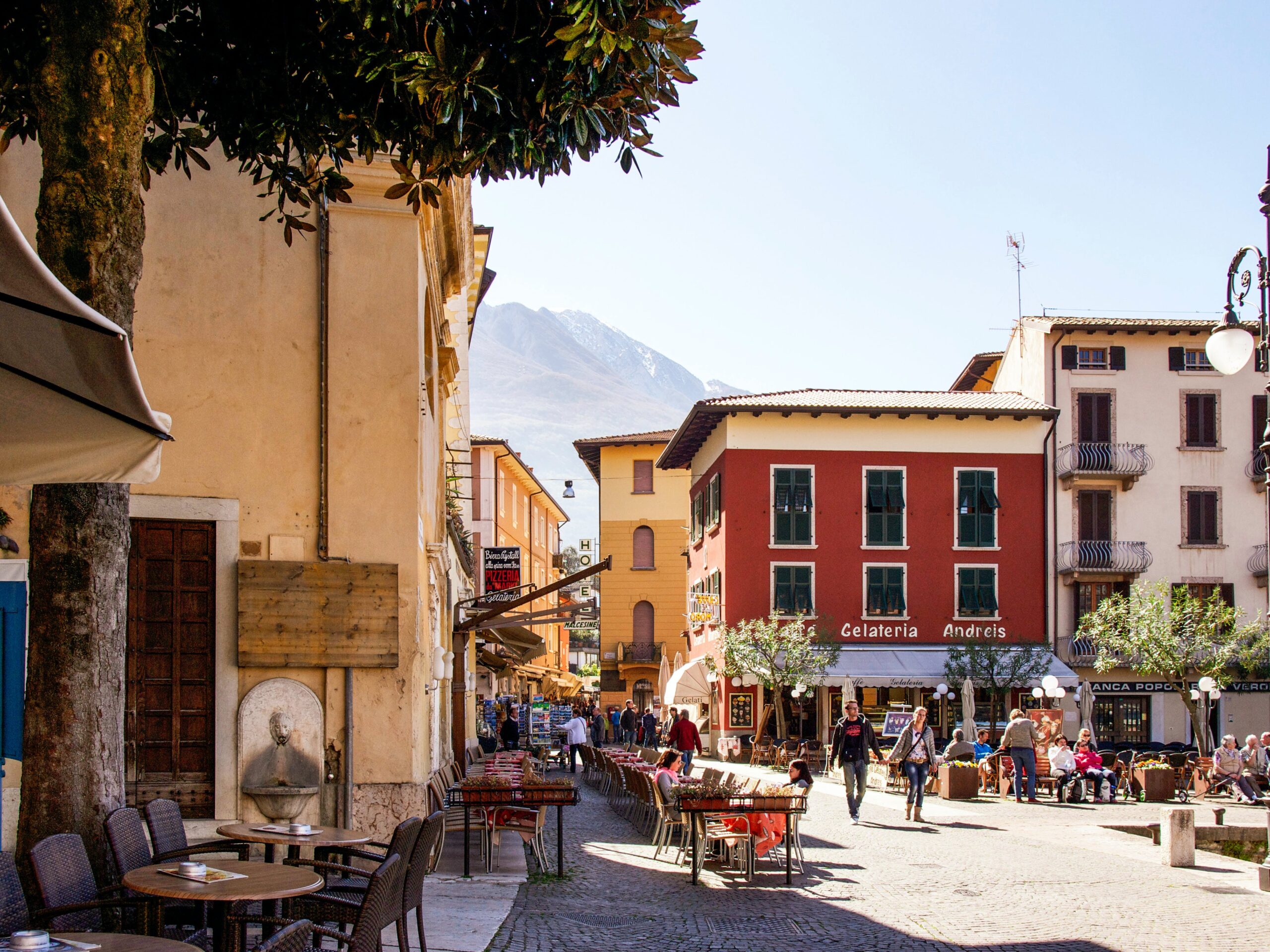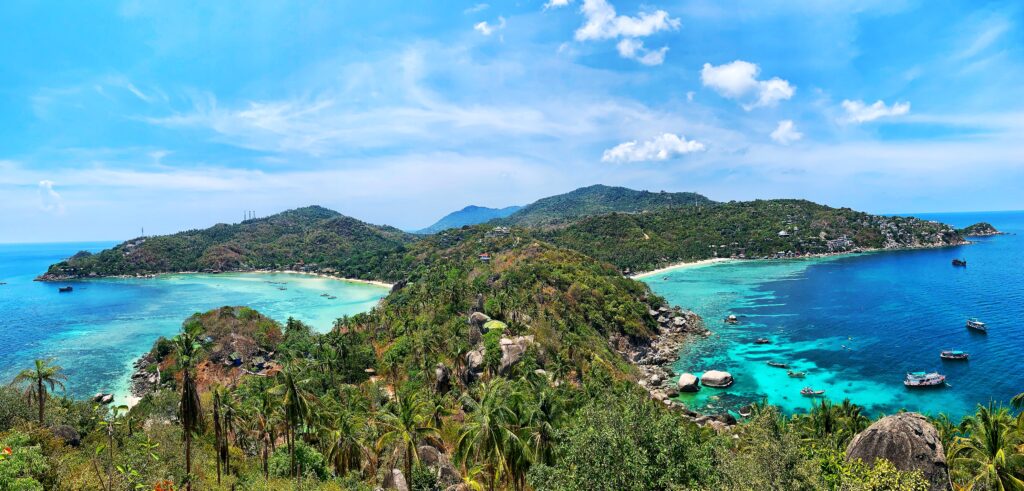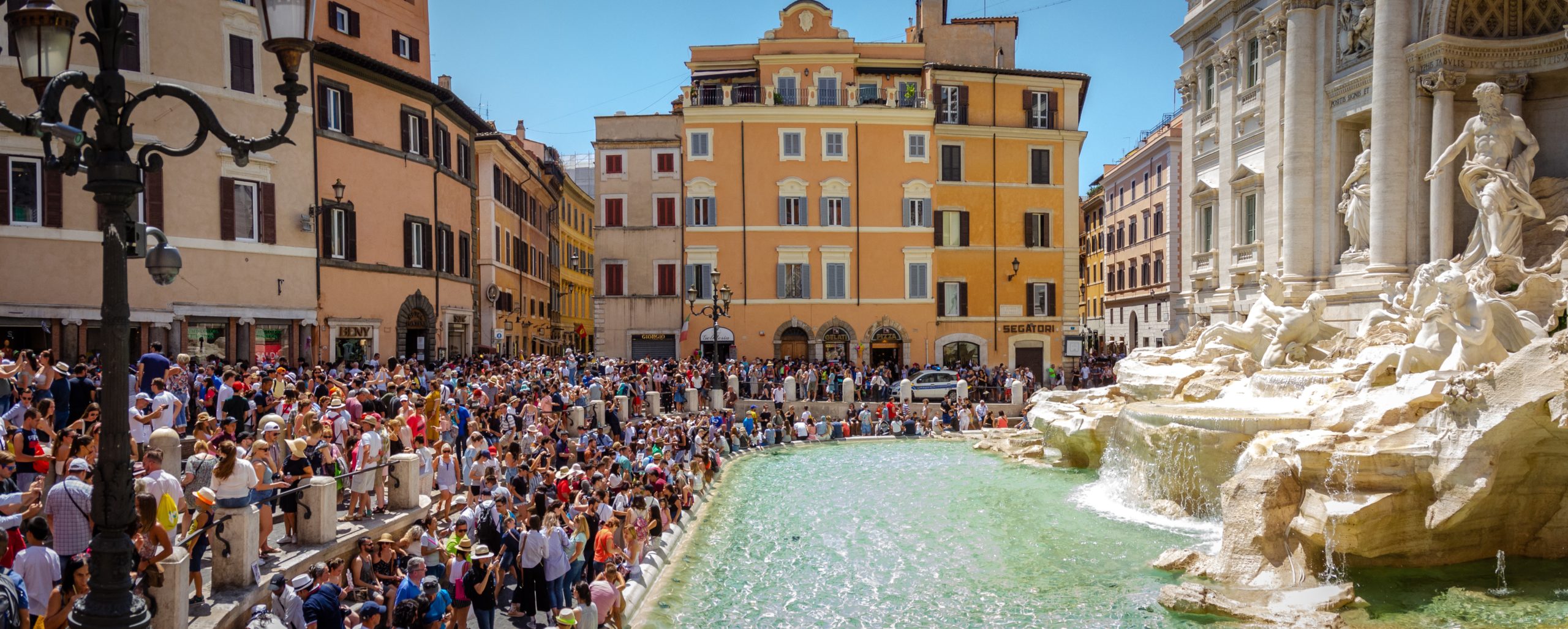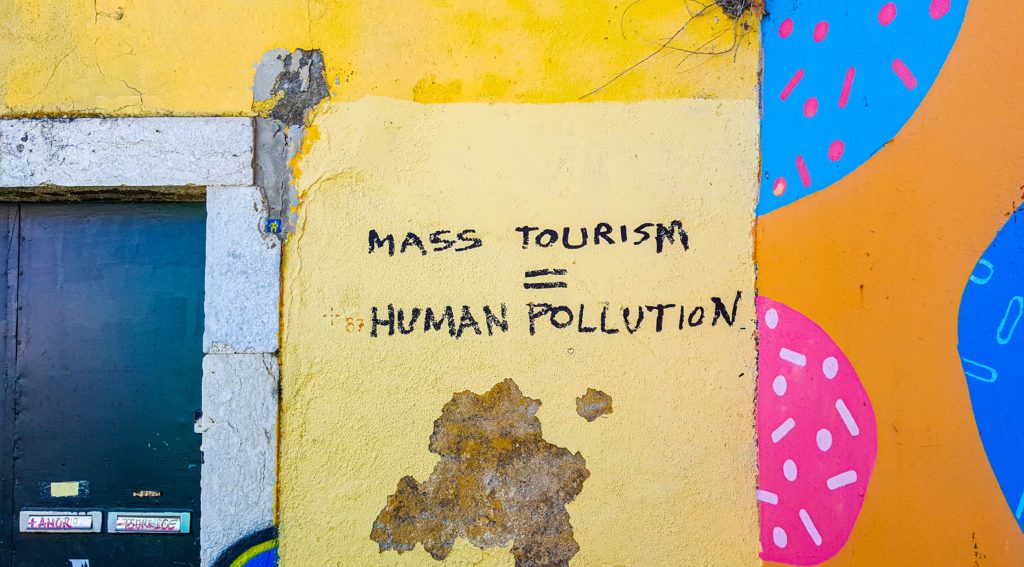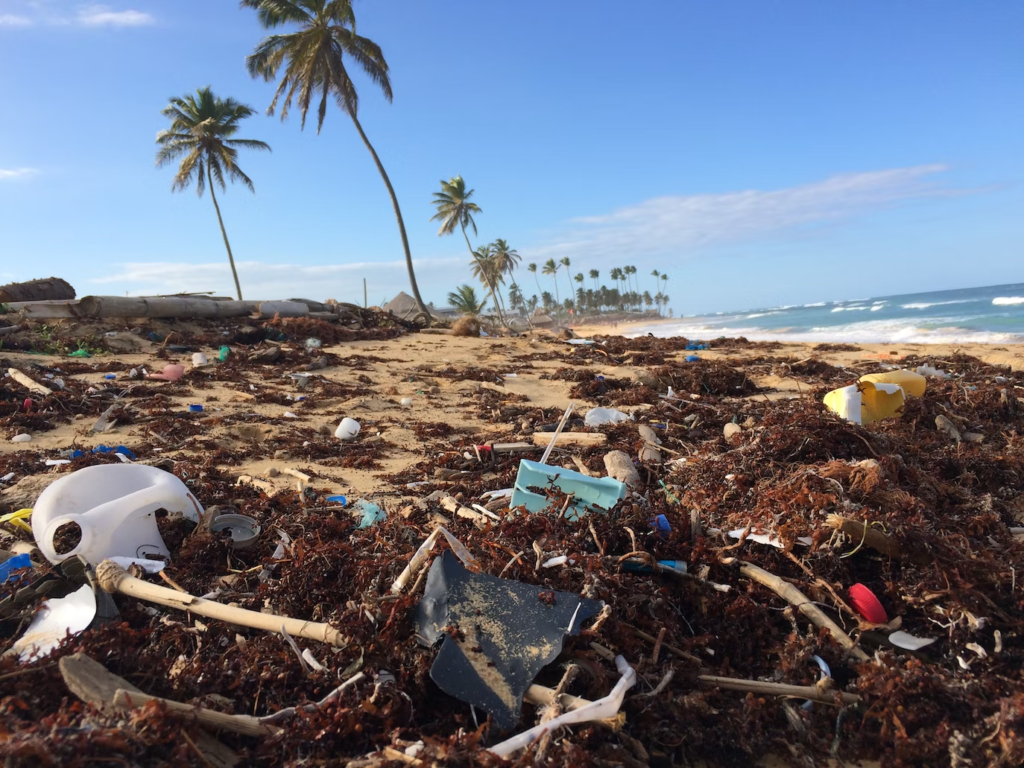Sustainable Tourism Certification: Steps and Benefits
In this modern era, where responsible travel is becoming more popular, the way we travel is changing significantly. Travelers are increasingly looking for authentic experiences that not only satisfy their desire to explore but also have a positive impact on the places they visit. This shift in traveler behavior is closely linked to the growing awareness of global environmental and social issues. Explore the role of sustainable tourism certifications.
What Are the Key Modern Travel Trends in the Evolving Tourism Landscape?
According to the research of Expedia Group Media Solutions, today’s travelers are making increasingly mindful choices, with 90% actively seeking sustainable options when they embark on their journeys. These conscientous decisions encompass visiting local cultural or historical sites (46%), opting for environmentally friendly transportation options (43%), and venturing into smaller, lesser-known destinations (41%). Notably, travelers are willing to go the extra mile for sustainability, with over half expressing a readiness to pay more for sustainable transportation, activities, or lodging.
This growing interest in sustainable travel leads us to the concept of sustainable certifications. As travelers become more conscientious about their impact on the environment and local communities, they seek businesses and destinations that hold recognized sustainability certifications, which serve as indicators of a business’s dedication to environmental stewardship, community involvement, and ethical conduct, offering travelers the confidence that their choices align harmoniously with their personal values.

What Does Sustainable Certification Mean in the Context of Responsible Tourism?
The essence of sustainable certification lies in a commitment to sustainability and environmental responsibility. Obtaining such certification necessitates adherence to well-defined standards and requirements that comprehensively cover aspects of environmental, social, and economic sustainability. This process is carried out by a reputable third-party organization recognized for its credibility in assessing and certifying sustainability practices within the tourism industry.
What Are the Essential Criteria for Achieving Sustainable Certification in the Tourism Industry?
The specific criteria for sustainable certification can vary widely depending on the organization or body that administers the program. However, common areas of focus for sustainable tourism certifications often include:
- Environmental Conservation: Ensuring that businesses or destinations minimize their negative impact on the environment, including efforts to reduce energy consumption, manage waste responsibly, and protect natural resources.
- Social Responsibility: Promoting ethical practices, fair labor conditions, respect for local cultures and communities, and engagement with and support for the well-being of local residents.
- Economic Sustainability: Encouraging economic benefits for local communities, including job creation, support for local businesses, and contributions to the local economy.
- Cultural Preservation: Promoting the preservation and celebration of cultural heritage, traditions, and practices within the destination.
- Sustainable Management: Encouraging responsible management and planning of tourism activities to ensure long-term sustainability.
- Consumer Education: Providing travelers with information and guidance on sustainable practices and responsible tourism choices.

These criteria are designed to be straightforward guidelines that consider what we’ve learned over time about how to protect the environment, support local communities, and make tourism more responsible. They provide a clear roadmap for businesses and destinations to follow in order to be more eco-friendly and socially responsible in the world of travel.
Exploring the Leading Organizations Offering Sustainable Certification in the Tourism Sector
Many different organizations offer sustainable certifications to interested parties. They create their own certification rules and focus on specific types of businesses. This process can take a while and can be costly because they need to make sure the standards match the unique needs of each group they’re certifying.The list below features the leading certification bodies in the tourism space:
- Global Sustainable Tourism Council (GSTC): GSTC is a global organization that has developed criteria for sustainable tourism. They offer GSTC-recognized standards and certification programs for accommodations, tour operators, and destinations.
- Rainforest Alliance: Rainforest Alliance has established criteria for sustainable tourism certification, with a focus on conserving biodiversity, promoting community well-being, and reducing environmental impacts.
- EarthCheck: EarthCheck provides criteria and certification for environmental and sustainability performance in the tourism industry, helping businesses and destinations measure and improve their sustainability efforts.
- Green Key: Green Key offers criteria for certification of eco-friendly accommodation and restaurants, focusing on environmental management and responsible business practices.
- Travelife: Travelife provides criteria for sustainable practices in tour operators, travel agencies, and accommodations, covering environmental, social, and economic aspects.
- Fair Trade Tourism: Fair Trade Tourism has established criteria for ethical and responsible tourism, focusing on fair wages, community engagement, and cultural preservation.
- Biosphere Tourism: Biosphere Tourism offers criteria for sustainable tourism certifications, emphasizing sustainability in the tourism industry’s various sectors.
- QualityCoast: QualityCoast provides criteria for coastal and marine tourism destinations, focusing on environmental and cultural sustainability along coastal areas.
- TourCert: TourCert offers criteria and certification for sustainability in the tourism sector, promoting ethical business practices and social responsibility.
- Fair Trade Federation: While primarily focused on fair trade, the Fair Trade Federation also offers criteria related to ethical and sustainable practices within the tourism industry.
Who Qualifies for Sustainable Certification in the Diverse Tourism Industry?

Sustainability certification in tourism can be awarded to a wide range of entities involved in the tourism industry. This includes accommodation such as hotels, resorts, and lodges, as well as tour operators, travel agencies, transportation providers (like airlines or car rental companies), and even destinations themselves. Essentially, any entity within the tourism sector that meets the specific criteria and standards set by a recognized certification body can be a recipient of sustainability certification.
As we have mentioned, certification bodies often tailor their criteria to specific target groups. For example, Green Key primarily focuses on certifying eco-friendly accommodations and restaurants, while Travelife extends its certification standards to cover tour operators, travel agencies, and accommodations. The mentioned approach ensures that sustainability standards are precisely adapted to meet the unique needs and priorities of various sectors within the tourism industry.
What are the benefits of the Sustainability Certification in the Tourism Industry?
Sustainable certification plays a pivotal role in benefiting organizations or destinations within the tourism sector in several ways. The potential advantages are distributed among the company, communities, nature, and travelers. These benefits are outlined below.
- Environmental Conservation: Certification encourages businesses to adopt eco-friendly practices, such as energy efficiency, waste reduction, and wildlife protection, contributing to preserving natural resources and biodiversity.
- Community Engagement: Businesses with sustainability certifications often prioritize local communities by creating job opportunities, supporting local economies, and involving residents in tourism-related activities.
- Ethical Practices: Certifications promote ethical conduct by encouraging businesses to respect human rights, support fair labor practices, and engage in responsible supply chain management.
- Consumer Trust: Certifications provide travelers with confidence that they are supporting responsible tourism, leading to increased trust in businesses and destinations displaying these credentials
- Market Competitiveness: Certified businesses gain a competitive edge in the market, as they appeal to a growing segment of travelers who prioritize sustainability.
- Cost Savings: Sustainable practices often lead to cost savings through reduced energy consumption, waste management, and improved efficiency.
- Positive Brand Image: Businesses with sustainability certifications build a positive brand image associated with responsible and ethical tourism.
- Regulatory Compliance: Certifications help businesses meet and exceed environmental and social regulations, reducing the risk of legal issues.
- Long-Term Viability: Sustainable practices, encouraged by certifications, enhance the long-term viability of tourism destinations by preserving natural and cultural assets.
- Global Recognition: Many sustainability certifications are internationally recognized, allowing businesses and destinations to attract a diverse range of travelers worldwide.
These benefits not only contribute to the overall sustainability of the tourism industry but also resonate with travelers who seek responsible and mindful travel experiences. They can make more informed choices, ensuring that their travel aligns with ethical and environmentally friendly values. This enables them to enjoy travel experiences that positively impact the destinations they visit, fostering a sense of fulfillment and satisfaction.
How to Begin the Sustainability Certification Process?

Initiating the sustainable certification process begins with readiness, a willingness to engage in a long-term commitment, and envisioning a clear future for the organization within the tourism industry. The steps can follow a structured and coherent sequence.
Step 1: Conduct thorough market research to identify a certification body that aligns perfectly with your organization’s needs and interests. For instance, if you are a travel agency, seek a certification body with well-developed sustainability criteria tailored specifically for travel agencies or tour operators.
Step 2: Initiate contact with the chosen certification body. Typically, they assign a dedicated representative who is keen on expanding their community. Often, they offer a 30-minute informative online meeting introducing certification criteria, duration, pricing, potential benefits, acknowledgments, and more.
Step 3: Many certification bodies provide a coaching system. As a beginner organization, you’ll have a personal coach who guides you through the steps. They’ll assist in baseline assessment, creating a sustainability policy, action plan, and other essential documents. The certification process often occurs online or through specific forms that need to be completed.
Step 4: Upon successfully completing all the required tasks and taking responsibility for future agreed-upon actions, your company will receive the certification and a badge that can be proudly displayed online.
Step 5: This step is an ongoing process that involves continually working on sustainable initiatives, integrating sustainability guidelines into your company’s operations or the life of the destination, and monitoring progress.
Step 6: After achieving initial certification, consider exploring advanced levels or additional certifications within the sustainability framework to further enhance your commitment and impact.
Step 7: Maintain a strong relationship with the certification body. Engage in regular updates, workshops, and collaborative efforts to stay informed about the latest sustainability trends and practices.
Step 8: Share your sustainability journey and successes with your customers, partners, and the wider community to inspire others and create a ripple effect of positive change in the tourism industry.
What occurs after the completion of sustainable certification?
Typically, after receiving sustainable certification, awarded companies or destinations embark on an active marketing campaign aimed at disseminating their achievements and alignment with sustainability criteria to as many people as possible. In a best-case scenario, this effort attracts the interest of responsible travelers, leads to numerous partnership proposals, and contributes to an overall enhancement of the organization or destination’s reputation.
Summing up the Impact of Sustainable Certification in Tourism
In conclusion, sustainable tourism certification is a pivotal tool in the modern travel landscape. Travelers increasingly prioritize responsible and mindful experiences, while businesses and destinations strive to meet these expectations. Sustainable certification bridges this gap, providing a clear path toward eco-friendly, socially responsible, and economically sustainable practices. It benefits not only organizations but also communities, nature, and travelers alike. Embracing sustainability in tourism not only safeguards our planet but also ensures that travel remains a force for good, leaving positive footprints on the places we explore.
Do you represent the destination of a tourism organization interested in being certified as sustainable? Solimar can help you to choose a certification program that suits your future sustainability goals. Contact us to learn more.
